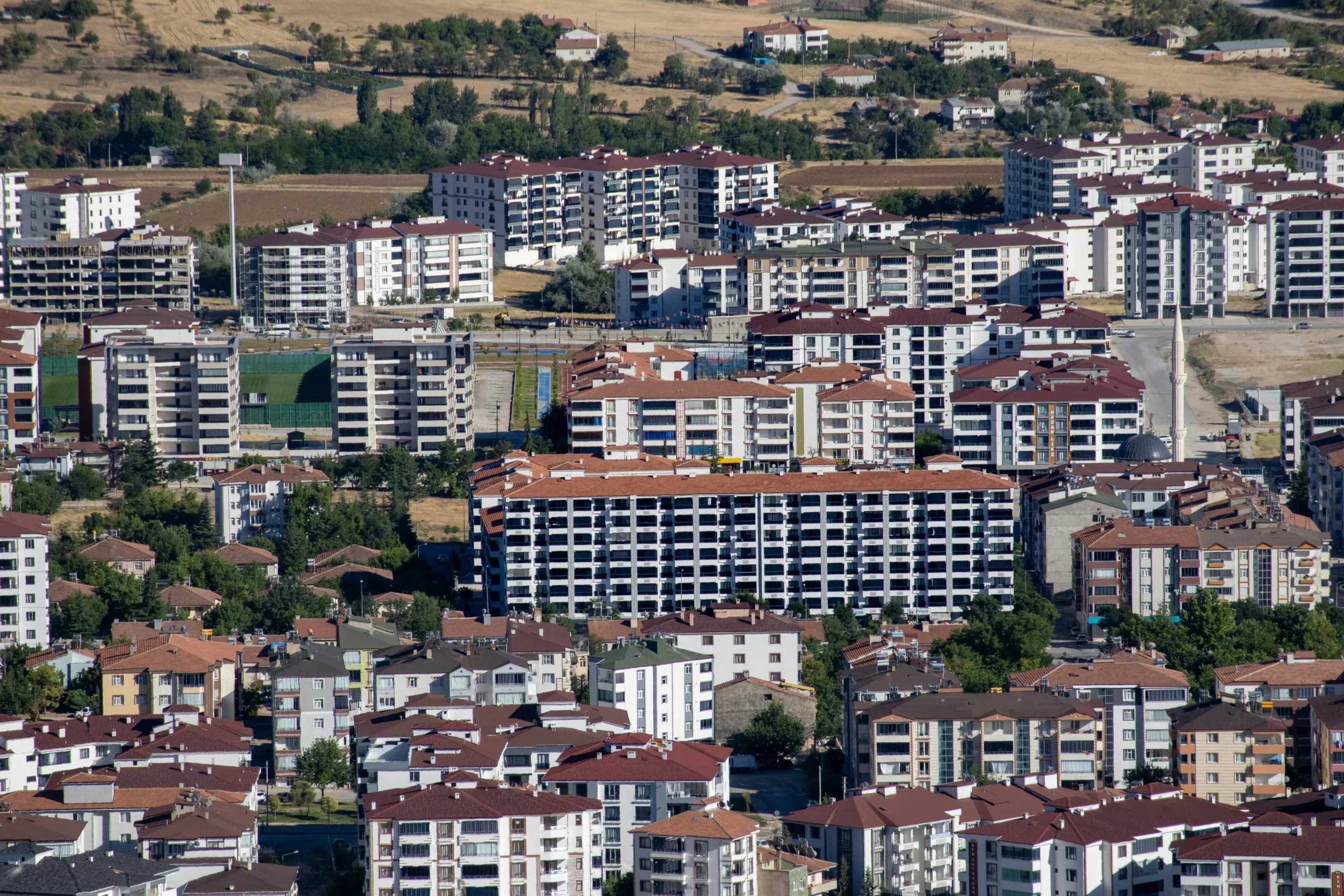- Small-bay industrial vacancy rates remain low at 4.2%, outperforming the 7.4% vacancy seen in large-scale industrial properties.
- Rents for small-bay spaces have surged over 40% since 2020, driven by reshoring, last-mile logistics, and operational flexibility.
- Investor appetite is strong, with properties under 150K SF accounting for 62% of Q2 2025 industrial sales, highlighting growing institutional and private market interest.
A Sector On The Rise
Small-bay industrial real estate was once overshadowed by massive fulfillment centers. Today, it’s gaining attention for its stable occupancy and strong rent growth, reports Lee & Associates. Its strategic role in local logistics and production is also driving increased demand. With shorter leases, diversified tenant bases, and more frequent rent resets, these properties offer built-in resilience.
A Shift In Tenant Demand
The growing prominence of small businesses—HVAC contractors, e-commerce startups, and niche manufacturers—is driving new leasing activity. These users are fueling demand for units between 2K and 10K SF. Tenants increasingly seek functional, cost-effective spaces with robust power, modern lighting, dock access, and outdoor storage.
Get Smarter about what matters in CRE
Stay ahead of trends in commercial real estate with CRE Daily – the free newsletter delivering everything you need to start your day in just 5-minutes
Regional Hotspots
Markets experiencing population growth and industrial diversification are leading the charge:
- West: Phoenix’s East Valley, Reno, and Boise offer affordability and proximity to consumers.
- Midwest: Cities like Grand Rapids, Columbus, and Chicago suburbs benefit from a manufacturing resurgence.
- Southeast: Central Florida, Nashville, and Atlanta see high demand and soaring rents—up to 100% increases in some areas.
- Northeast & Mid-Atlantic: Lehigh Valley, NYC’s outer boroughs, and South Jersey remain strongholds for micro-industrial parks and infill strategies.
Capital Follows The Trend
Investor interest is booming. In Q2 2025 alone, transactions for small-bay properties in the $5–$25M range totaled nearly $5.9B. Even as larger industrial deals slow, pricing for small-bay assets continues to climb, with average sale prices rising 55% since 2020 to $104/SF.
Why It Matters
Small-bay industrial isn’t just a short-term hedge—in fact, it’s a structurally under-supplied asset class. Due to zoning restrictions, rising construction costs, and continued urban sprawl, new supply remains limited. As a result, its long-term investment potential is increasingly reinforced.
Looking Ahead
As industrial real estate enters a more segmented phase, small-bay properties stand out for their agility and adaptability. Whether for last-mile logistics, urban manufacturing, or service-based businesses, these assets are becoming essential to the evolving industrial landscape.

















